If you were able to read my post earlier about the posthumous traditions of the Japanese, then you are already aware that currently the most common way for people to take care of bodies after death is by cremation. When looking at the reasoning behind this is was the limitations of space and religious traditions that are the most common factors.
The tradition of cremating bodies has been long installed into the Japanese tradition. However, even with the space limitations of the country, there was a time in Japan when with certain circumstances, the practices for posthumous burial disregarded the issue of space. It was during the Kofun period of Japanese history when this was the case.
Kofun (古墳): Japanese burial mounds of powerful Japanese people consisting of the imperial family, nobles, and government figureheads that were built in the Kofun period from
250 to 538 AD.
There are multiple types of burial mounds in Japan from this era however the "hey hole shaped" kofun (as depicted above) are by far the most unique due to their size and shape. This style of burial mounds is also specific to Japan and cannot be found in any other part of the world. Some are up to 400 meters long and are simply huge structures
 |
| A comparison of the Nintoku kofun and the great pyramid at Giza. |
When I first learned of these burial mounds they reminded me of ancient pharaohs tombs that can be found in Egypt as they have many similarities other than just size.
In the more extravagant tombs, there are portraits designs and people painted onto the walls. Below is a replica of one of the largest inner tombs, The Ozuka kofun. Below is a replica of the inside of the Ozuka Kofun.
One of the most significant parts of a kofun however is not that of the images depicted on the walls but the contents that were buried along with the body of the deceased.
Haniwa (埴輪): Described as tomb ornaments, these were included within the tomb and were often set around the body. These included earthenware figurines shaped as men, women, animals, buildings and so on.
It is suspected that these tomb ornaments are Japan's way of representing loved ones, servants and possessions with the deceased as opposed to including the people directly like tombs found in Egypt or China. There was an instance in which an horse skull was found within a Kofun however this is was a rarity. In many later kofuns however, objects such as swords, armor, and pottery have been found.
Aside from the ideological importance for the deceased, these haniwa allow us to see the evolution of Japanese society throughout the kofun period. For instance, when the first horse haniwa figurine was included, or when the first haniwa warrior was included (right), the dates which correlate to these tombs shows us what was important to the Japanese at the time.
Currently, many of the Kofun sites are public and are considered national monuments. Even though these take up such an immense amount of space in a country which every square foot is necessary, there have not been any type of reforms or movements to remove or relocate city centered Kofun that I am aware of.






.jpg)







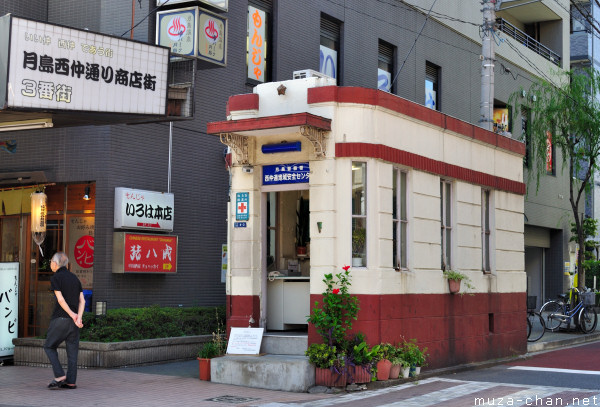
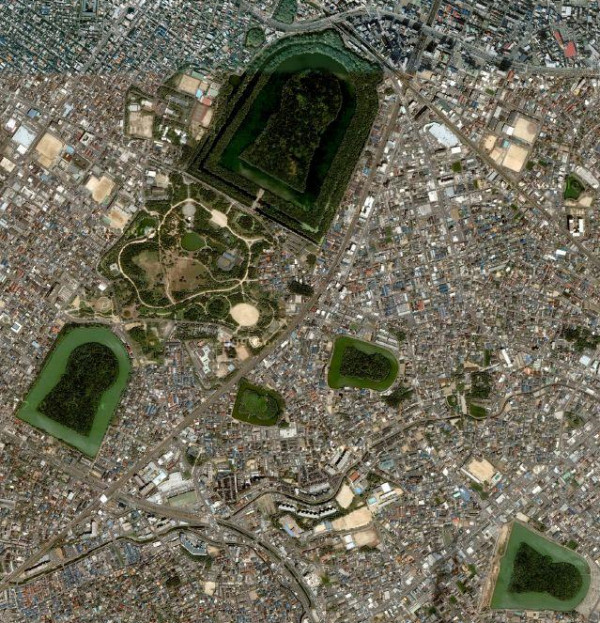

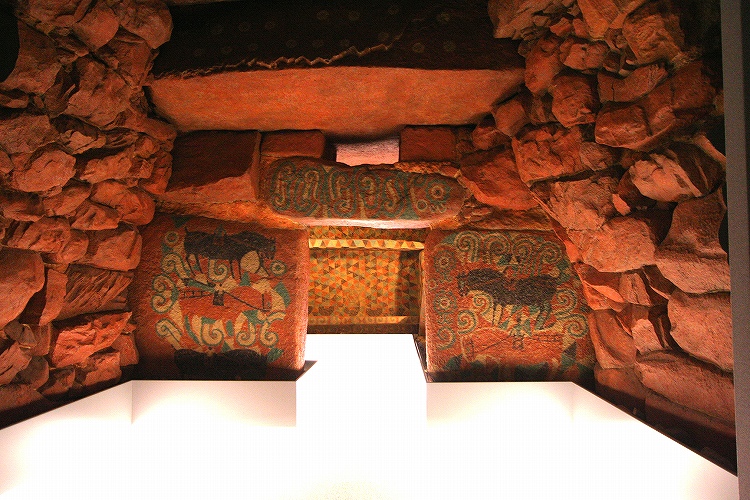
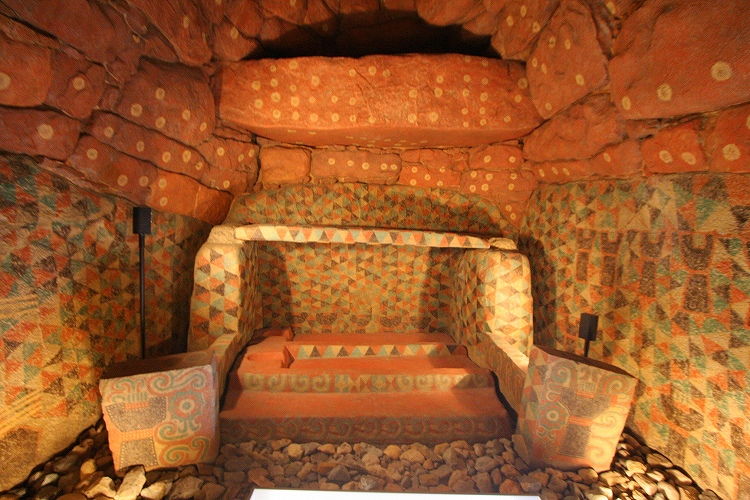


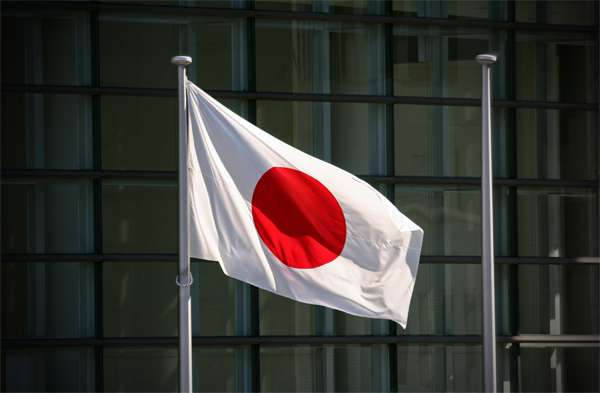










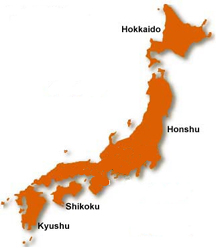





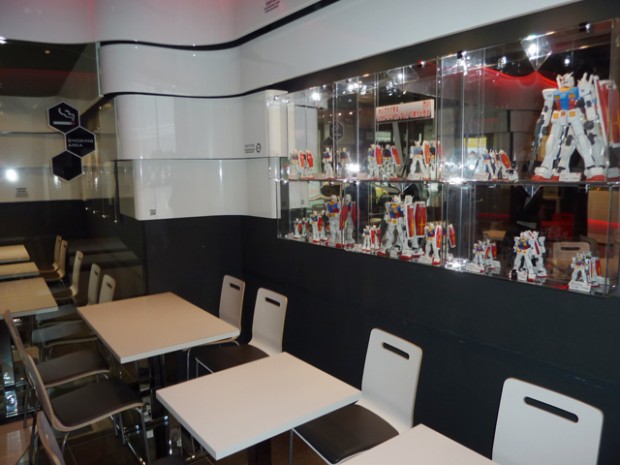

Wajin Shu: F***ing awesome!!!